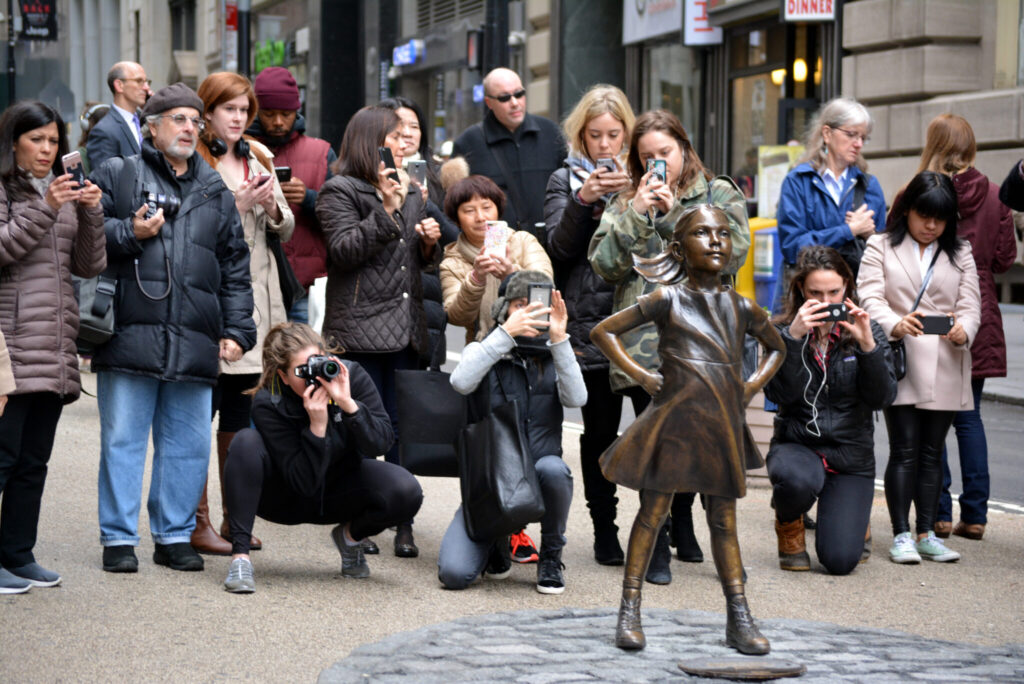
Grades K-2, 3-5
Happy EconEdMonth! Celebrate economics all month long by visiting EconEdMonth.org

Don't have an account yet? Sign up for free
Don't have an account yet? Sign up for free


In this elementary economics lesson, students will categorize and prioritize their wants to learn about scarcity and choice. Scarcity is really about knowing that often life is ‘This OR That’ not ‘This AND That’. To be asked to make a choice between ‘this toy OR that toy’ is difficult for students who want every toy. The lesson helps students to consider their wants, determine their opportunities, and try to make the best choices by weighing the benefits and costs. Students read make choices, read a story, and complete a drop and drag activity. The story references “Christmas” but can be adapted for any gift-giving holiday or birthday.
Students will be able to:

![]() Part One:
Part One:
Follow along with the story (a poem) using this interactive version or print a copy of the poem for students to read on their own.
In the poem, Scarcity does not understand that the world is “this OR that,” not “this AND that”. In other words, when you make a choice, you have to give up something else, which is the cost of the choice. Scarcity is limited to one toy as a gift from Mother for her birthday. Then, Scarcity is limited to one toy as a gift from Mother for Christmas. But Scarcity does not believe it is fair, or right, to have to choose. She does not want to pay the cost of having to give something up when she makes a choice. She wants every toy that she can see.
Review the definitions of scarcity and opportunity cost.
Scarcity: Resources are limited so people cannot have all the goods and services they want.
Opportunity Cost: The next best alternative that must be given up when a choice is made. Not all alternatives, just the next best choice.
Discussion questions:
Because of scarcity, we all have to make choices. No one, not even you, can have everything they want. Every time you make a choice, you have to give up something.
 Assessment Activity 1:
Assessment Activity 1:
Identify five choices you made today preparing for school. For each choice list the opportunity cost. (Remember, opportunity cost is the next best thing you would choose to do.)
[Possible answers: to wear the red or blue sweater, to eat cereal or toast, to ride in the car or walk, to take lunch money or a lunch to school, to brush your teeth or not.]
Assessment Activity 2:
Discuss opportunities that Scarcity gave up (costs) by choosing to spend the night picking toys off of the magic tree.
[She did not eat dinner, she did not get to sleep, she did not get to play with a friend or a pet.]
Sing a song!
Try “O Scarcity,” sung to the tune of “O Christmas Tree,” or “Oh Give Me A Choice” sung to the tune of “Home on the Range.” The lyrics to these songs and others can be found at the James Madison University Center For Economic Education website https://www.jmu.edu/cob/centers/center-for-economic-education/_files/econ-songbook.pdf
View this video of 5th grade students singing “O Scarcity” https://www.preview1.econedlink.org/resources/oh-scarcity-sing-a-long-lesson-demo/
Children’s Literature Extension for PreK – 1
Students listen to the story Betty Bunny Wants Everything and identify all the wants that Betty Bunny has at the toy store. Students learn that because of scarcity, they must make choices. They practice making choices by selecting a treat they want, a toy for one of the book characters, and finally a school item. They sing a song about choices and scarcity. Lesson Plan for Betty Bunny Wants Everything
Interactive Story for Grades 2-4
How do you make tough decisions? Read and listen to this story about Ella, who has decisions to make, and learn about the decision-making tool that helps Ella solve her problems. Once Upon A Decision – scroll down the page to access the resource https://www.stlouisfed.org/education/ellas-adventures-online-courses

Grades K-2, 3-5

Grades K-2

Grades 9-12

Grades 6-8, 9-12
